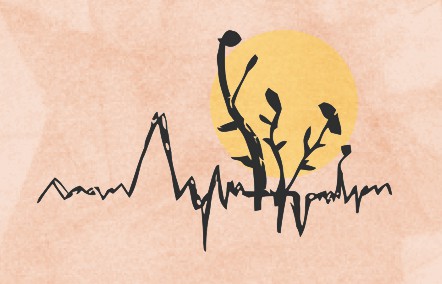ANNA-LILJA DAWSON
With pulses tasting better than ever and becoming more accessible, affordable and nutritious, it is fitting that the United Nations named 2016 as the International Year of the Pulses.
At the University of Saskatchewan, a kick-off event was held on Jan. 6 in the Health Sciences Building and featured Kishor Wasan, dean of the College of Pharmacy and Nutrition, and Mary Buhr, dean of the College of Agriculture and Bioresources, as guest speakers who each covered their respective college’s role in the research of pulses.
The UN declared 2016 as the International Year of the Pulses in order to raise public awareness about the nutritional benefits of pulses and their integral role in food security and nutrition. All of these elements are key in the UN’s work on their 2030 Agenda for Sustainable Development, which was adopted on Dec. 30, 2015.
Pulse crops are grain legumes, which include chickpeas, lentils, dry beans and dry peas, and account for 5.7 million acres of agricultural land in Canada. On a global scale, Canada exports 35 per cent of the world’s pulses and is the largest exporter of peas and lentils.
cent of the world’s pulses and is the largest exporter of peas and lentils.
“Their nutritional density, inexpensiveness, accessibility and ease of cooking make them an almost indispensable staple all around the globe,” Wasan said.
For students who are looking to save money, try new recipes or keep their health in mind, moving to a lentil-based diet accomplishes all three of these goals while also contributing to the UN’s sustainable development goals.
Wasan said Saskatchewan is a world leader when it comes to pulses, from production to the world-class research being done in the College of Pharmacy and Nutrition and the College of Agriculture and Bioresources. Moreover, the province produces 90 per cent of the country’s pulse exports.
From the College of Pharmacy and Nutrition, Carol Henry and Susan Whiting have been studying the consumption of pulses in communities in Ethiopia and Bangladesh. High in protein and nutrients, pulses can be used as a substitute when meat is either unavailable or unaffordable in these communities. From an agricultural standpoint, pulses typically require less fertilizer than other crops and are often used in crop rotations.
While Henry and Whiting’s research may seem a world away from the U of S, their findings remain relevant to student life in Saskatoon. Wasan said the benefit of studying global health is that it can be applied everywhere.
“When you do global health research, people tend to forget that global health is everybody. It’s not just people in the developing world or overseas,” he said.
When tackling issues of global health, Wasan said that pulses will be integral in combatting diabetes, heart disease, obesity and other non-communicable diseases that are issues worldwide and also affect U of S students.
“When we think of global health diseases, we think about infectious disease, malaria, tuberculosis, leishmaniasis and so on, as being the diseases of the world, but the reality is that it’s these non-communicable diseases that are actually ravaging the world and it’s leading to a real reduction in the quality of life, people’s standard of living and their life expectancy,” Wasan said.
Choosing to incorporate pulses into one’s diet can also be born out of their affordability, which may make them appealing to a cash-strapped student. When compared to other foods, Wasan said the nutrient density of pulses makes them an affordable option to other protein sources.
“Food costs are out of control. As you know, it’s getting more and more expensive to buy beef, to buy fish, to buy other food products … Pulses are very, very cheap to manufacture,” Wasan said.
While the International Year of the Pulses is working towards raising awareness of pulses as a viable food option, Wasan said that recent increases in the quality of their taste and texture have made pulses more attractive as a staple in Canadian diets.
“You can have a meatless taco and still have the taste of a real taco without losing not only the nutritional aspect you get from meat, but also the taste.”
—
Image: Jeremy Britz / Graphics Editor